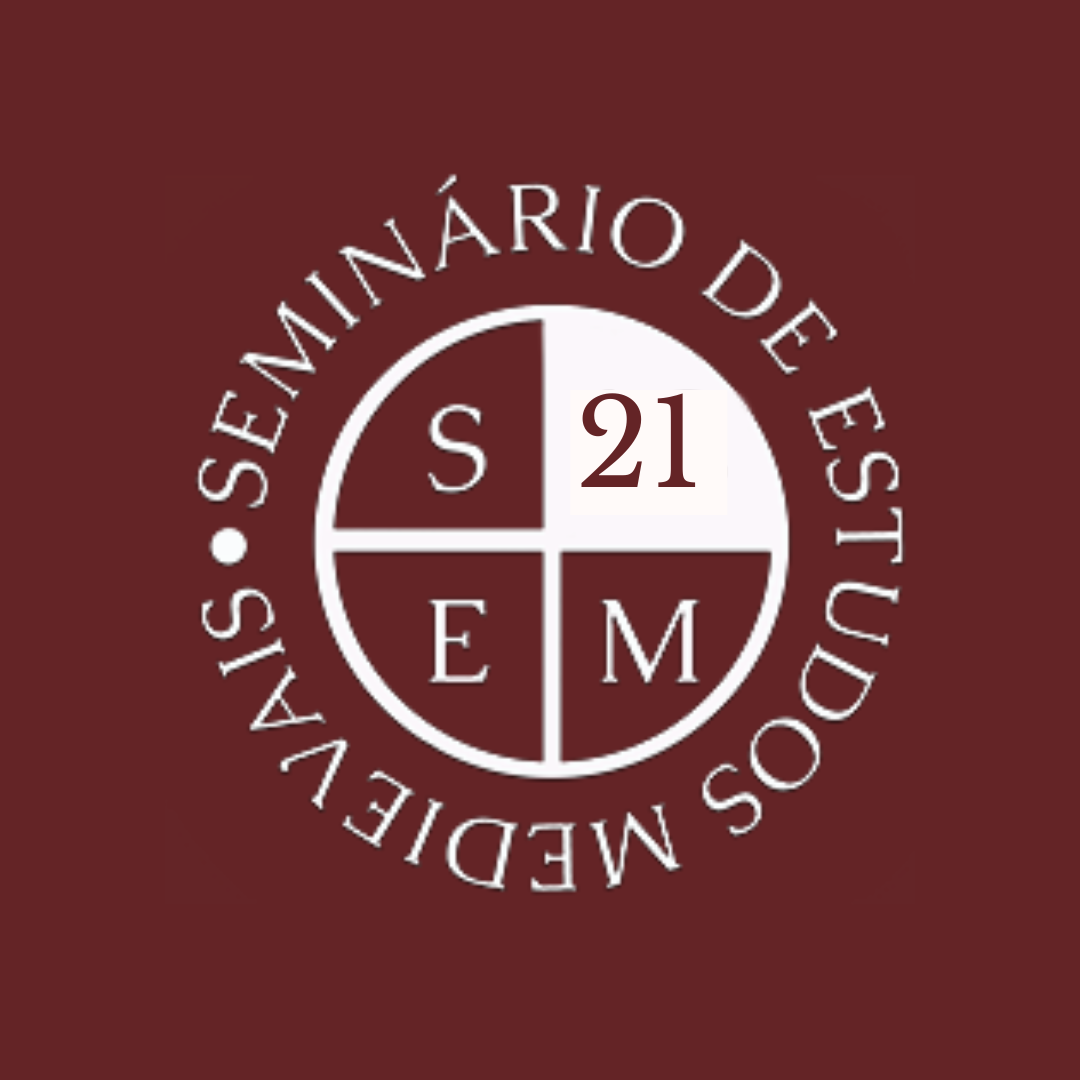Seminar in Medieval Studies: “Nacionalismo e internacionalidade na historiografia sobre a arquitetura do mosteiro da Batalha: de Frei Manuel dos Santos a Mário Chicó, com uma lenda de permeio (1729-1956)” – Pedro Redol (Convent of Christ, Machado de Castro National Museum, Monastery of Batalha)
17.02.2021 | 17:00
Zoom session

As an (imperfect) review of the literature on the architectural history of the Monastery of Batalha, we propose a dynamic approach based on the dichotomy between its Portuguese and international roots generated by the successive nationalist theses and their antitheses. This tour demonstrates how the well-known tale The Vault (1401) by Alexandre Herculano crystallised the nationalist thesis, initiated by the chronicles of Alcobaça and reinforced by Friar Francisco de S. Luís, against the backdrop of 16th and 17th century writers and the 18th century Anglomania over Batalha within the context of an emerging liberal culture and the affirmation of history as a science possessing evidence subject to criticism. Among other things, the reading of The Vault will be re-proposed in keeping with its inextricable historical, ideological and literary relevance, permeated by a subtle sense of irony that, having escaped most readers, they then accredited the narrative with a degree of accuracy that its author certainly did not calculate. As such, we trace the fortunes and setbacks of the nationalist thesis until the mid-twentieth century, a time when the historiography of Gothic architecture in Portugal was stabilised, with methodological contributions to the analysis and criticism of buildings that still remain valid today. It remains to be seen how far the successors, if not the heirs, of this school have travelled into the present day.
Biographical note
Pedro Redol holds a degree in History – Specialist Field of Art History, and a Master’s Degree in Art, Heritage and Restoration. A conservator at the Monastery of Batalha since 1987, he interrupted these functions to serve as director of the Convent of Christ, in Tomar, director of the Machado de Castro National Museum, in Coimbra, and director of the Monastery of Batalha. He is also a visiting assistant professor at the Faculty of Science and Technology at NOVA University and chairman of the Portuguese Committee of the Corpus Vitrearum. He has published several dozen papers, in Portugal, France, England and Belgium, on the history and conservation of stained glass, the history of ancient Portuguese painting, the history of architecture, the management of monuments and landscapes, and the teaching of conservation. He was scientifically responsible for several exhibitions and editor of the respective catalogues.
